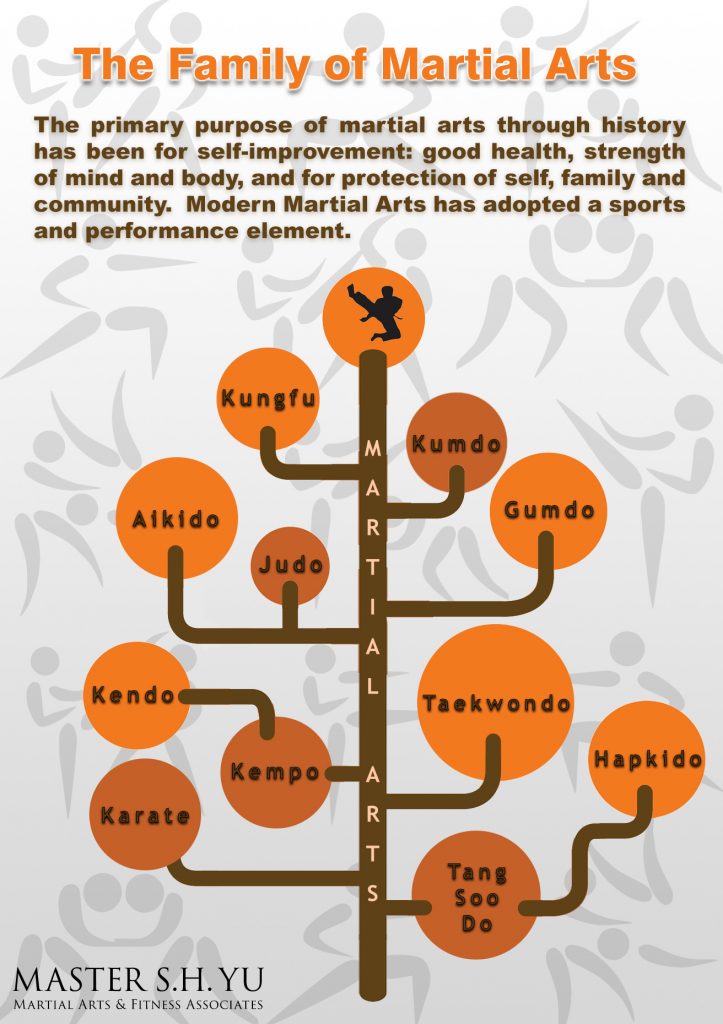A Historic Review And Development Of Martial Arts Across The Globe
A Historic Review And Development Of Martial Arts Across The Globe
Blog Article
Written By-Padilla Silverman
Martial arts have an interesting history that extends centuries and continents. You might find it appealing how ancient methods like Shuai Jiao and Kalaripayattu laid the groundwork for contemporary combat strategies. These self-controls not just highlight physical skills but also show the cultures that birthed them. As read full article explore their development, think about just how globalization has transformed these conventional types right into crossbreed styles. What influences do you assume have formed today's martial arts landscape?
Ancient Martial arts: The Foundations of Battle
As you look into the globe of ancient martial arts, you'll discover the rich foundations that shaped combat methods throughout societies. Very early techniques focused on Self-Defense and survival, often including strikes, hurting, and weaponry.
In ancient China, as an example, techniques like Shuai Jiao highlighted throws and joint locks, while India's Kalaripayattu showcased agility and liquid activity. Japanese samurai established Kenjutsu, a refined swordsmanship that highlighted technique and technique.
These martial arts offered not just for battle yet also as a way of personal growth, instilling values like regard and perseverance. The mixing of these strategies with time laid the groundwork for the varied martial arts you see today, each showing the one-of-a-kind ideologies and needs of its society.
The Cultural Impact on Martial Arts Growth
While martial arts frequently show the useful needs of a culture, they likewise embody the social values and beliefs of their origins. When you discover various martial arts, you'll see exactly how they're influenced by religion, ideology, and social norms.
For what martial art is best for kids with adhad , the emphasis on respect and discipline in Japanese martial arts stems from Zen Buddhism and samurai society. On the other hand, Brazilian Jiu-Jitsu advertises flexibility and technique, formed by the need for efficiency in a varied, multicultural atmosphere.
You could discover that the routines, attires, and training methods reflect a community's history and identification. By understanding these social impacts, you grow your recognition of martial arts and their function in shaping human experiences across the globe.
Modern Adaptations and the Globalization of Martial arts
Martial arts have actually changed substantially in current decades, adjusting to modern society and international influences. You'll see that standard forms have blended with modern methods, producing hybrid styles like MMA. These adaptations satisfy varied target markets, making martial arts obtainable and attractive around the world.
With the surge of social media sites and digital systems, you can locate tutorials and competitions from all corners of the globe, breaking geographical barriers. This globalization has actually brought about a common admiration for various self-controls, from Brazilian Jiu-Jitsu to Taekwondo.
As you involve with these arts, you'll recognize they're not nearly combat; they advertise physical fitness, technique, and mental health.
Inevitably, modern-day adjustments have actually enriched the martial arts landscape, making it a vibrant and progressing technique.
Conclusion
In discovering the background and evolution of martial arts, you discover a fascinating blend of techniques, cultures, and approaches. From old self-controls like Shuai Jiao and Kalaripayattu to the modern versatility seen in MMA, martial arts show mankind's quest for Self-Defense and personal growth. As you involve with these methods, you not just obtain skills yet also a deeper gratitude for the varied customs that shape our world today. So, proceed your journey and embrace the art of fight!
